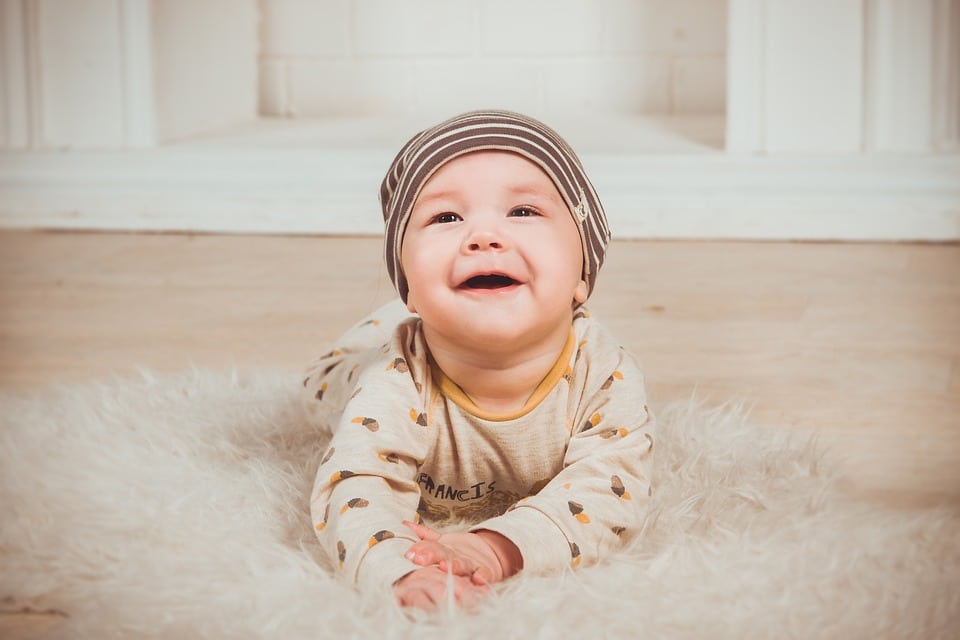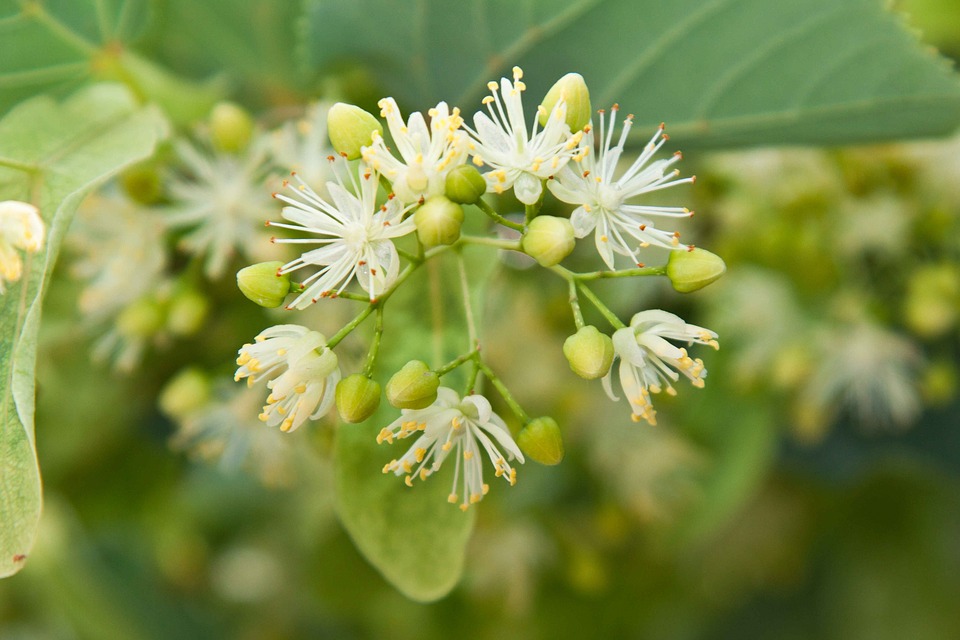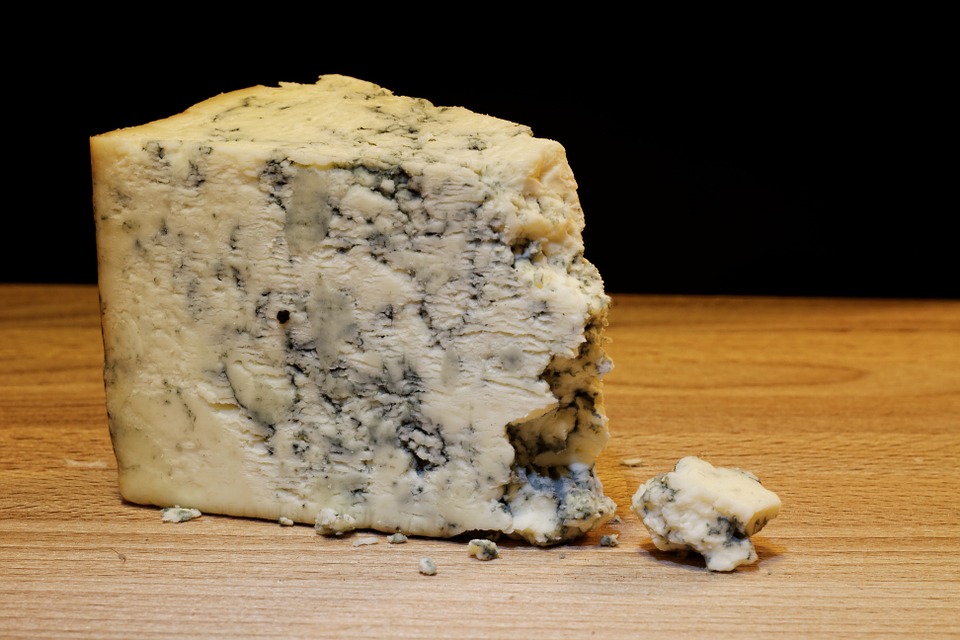Kids are resilient creatures. However, their growing immune systems are much more susceptible to the harmful health consequences of poor air quality. Allergens, illnesses and respiratory conditions can cause serious health issues in kids— even more so than adults. Do you know what factors influence the air quality right inside your own home? More importantly, do you know how to improve those factors to keep your kids safe and healthy?
Many parents think air pollutants are only a concern outside the home. But allergens, pollutants, mold and bacteria are major indoor concerns, as well. Here are five questions about indoor air quality that every parent should ask.
Why should I pay attention to my home’s air quality?
The air your child breathes has a direct impact on their development. Their growing minds and bodies need safe, clean air to stay healthy. Poor air quality can cause many different kinds of medical issues, and kids are more susceptible than adults. Breathing in polluted air can lead to asthma, emphysema, allergies, cardiovascular diseases and more. Air quality also affects your child’s energy levels. If their lungs have to work harder for air, their brains and bodies suffer. Kids who are lethargic might be battling allergens in the air throughout the home.


How can I reduce allergens in my home’s air?
Keeping your home clean of dust, pet dander, dust mites and other allergens means committing to a regular routine of deep cleaning. Create a schedule that encourages you to clean the fabrics where allergens like to hide that we often forget to wash - such as curtains, cushion covers, blankets and bedding. Vacuum and wash your rugs and carpets weekly to keep allergens from piling up. You can also boost air quality by using sprays and refreshers that reduce allergens in the air.
What are some maintenance tips for my HVAC system?
Your HVAC system (heating, ventilation, air conditioning) is the throne room of your home’s air quality. Circulation is key to clean air, but it can work against you if your HVAC system is distributing polluted, allergen-packed air throughout your home. First, filters: if you’re due for a replacement, consider the type of air filter to install. Next, make sure to clean your vents and ducts to prevent built-up dust and dirt from invading your child’s lungs. Vents aren’t the only things to clean to reduce allergens; be sure to regularly dust ceiling fan blades, as well.
How can I manage moisture to prevent mold?
Mold is a scary thing to a parent. Some mold, like the kind that grew on those leftovers you forgot in the back of the fridge, are mostly harmless. However, mold that you could be breathing in is a different story. Keep an eye out for leaks and standing water; make fixing these a priority. Remove any water-damaged materials, including carpeting. You can also control moisture by fixing all exhaust fans so they vent outside, not into basements, attics or crawl spaces. Applying caulking around windows, doors and vents will help prevent outside moisture from creeping in.

What are the warning signs of respiratory illness?
Air quality can worsen, or even cause, childhood pulmonary issues including asthma, pneumonia, RSV, whooping cough or Childhood Interstitial Lung Disease. If your child is in close proximity to a person with a virus that causes pulmonary or respiratory illness, poor air quality in your home can put your child at risk. Watch for the warning signs of lung and breathing conditions such as frequent coughing, wheezing chest congestion and/or pain and trouble breathing when playing.
Air quality is an important, but often overlooked aspect to a healthy home. If your child shows signs of a pulmonary condition, it could be that allergens such as mold, pollen, dander and dust are the culprit. Take steps to improve the air in your home, and you’ll also improve your child’s well-being.
Guest Author: Amanda Henderson
Amanda Henderson is a preschool teacher and a mom to two wonderful, active boys. She enjoys writing in her free time, and recently decided to create Safechildren so that she would have a place to share her thoughts and favorite resources on parenting and child safety.

